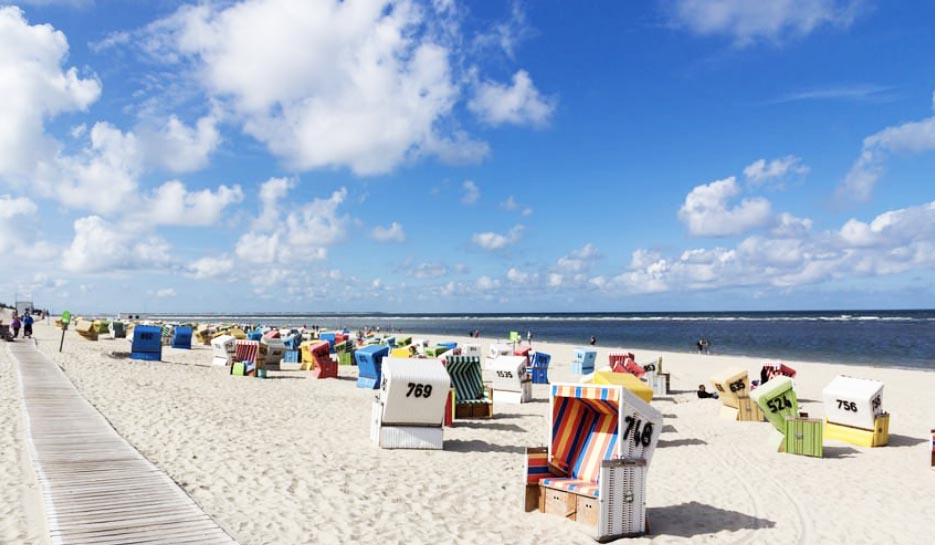 Get Your Beach Bum On and Prepare for Epic Adventures on German Islands’ Playground
Get Your Beach Bum On and Prepare for Epic Adventures on German Islands’ Playground
Discover a hidden world of natural beauty, captivating landscapes, and enchanting coastal charm as you venture into the most beautiful German islands. From the majestic chalk cliffs of Rügen to the sun-kissed beaches of Sylt, each island offers a unique escape that beckons travelers with its own allure.
Whether you seek exhilarating water sports, peaceful retreats, or cultural exploration, these islands present a tapestry of experiences waiting to be unraveled.
Get ready to immerse yourself in a realm where sandy shores meet turquoise waters, quaint villages welcome you with open arms, and nature unfolds its wonders at every turn.
Embark on a journey to Germany’s inhabited islands, where adventure and tranquility blend seamlessly to create an unforgettable getaway.
Here are some of the islands in Germany:
- Rügen Island: Located in the Baltic Sea, Rügen is the largest island in Germany and is known for its stunning chalk cliffs, picturesque seaside resorts, and charming coastal villages. Travelers can explore the Jasmund National Park, visit the famous Königsstuhl viewpoint, relax on the sandy beaches, and indulge in fresh seafood.
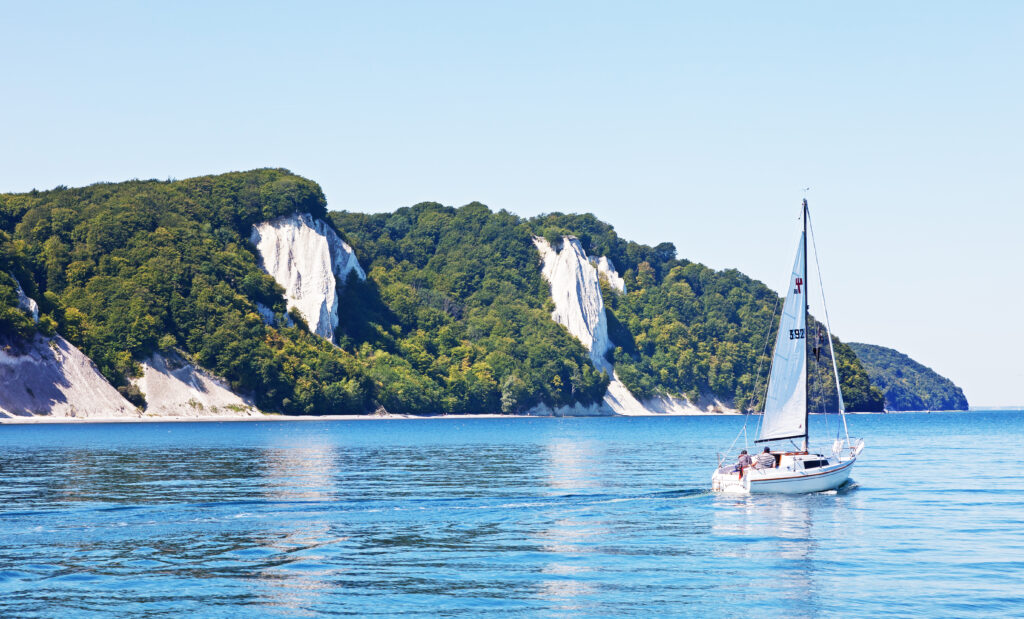
- Sylt: Located in the North Sea, Sylt is a popular destination known for its beautiful sandy beaches, dunes, and vibrant beach resorts. It’s a favorite spot for water sports enthusiasts, and visitors can enjoy activities such as windsurfing, kiteboarding, and sailing. Sylt also offers exquisite culinary experiences, upscale shopping, and lively nightlife.
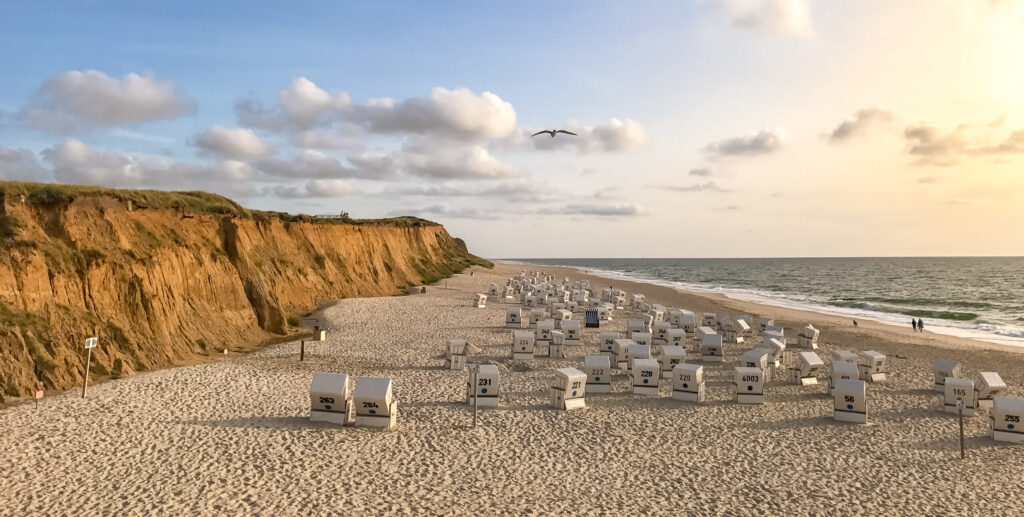
- Usedom: Shared by Germany and Poland, Usedom is a Baltic Sea island famous for its long sandy beaches, charming seaside resorts, and historic architecture. Travelers can relax on the beaches, explore the quaint villages, visit the opulent resort of Heringsdorf, and enjoy wellness treatments in luxurious spa hotels
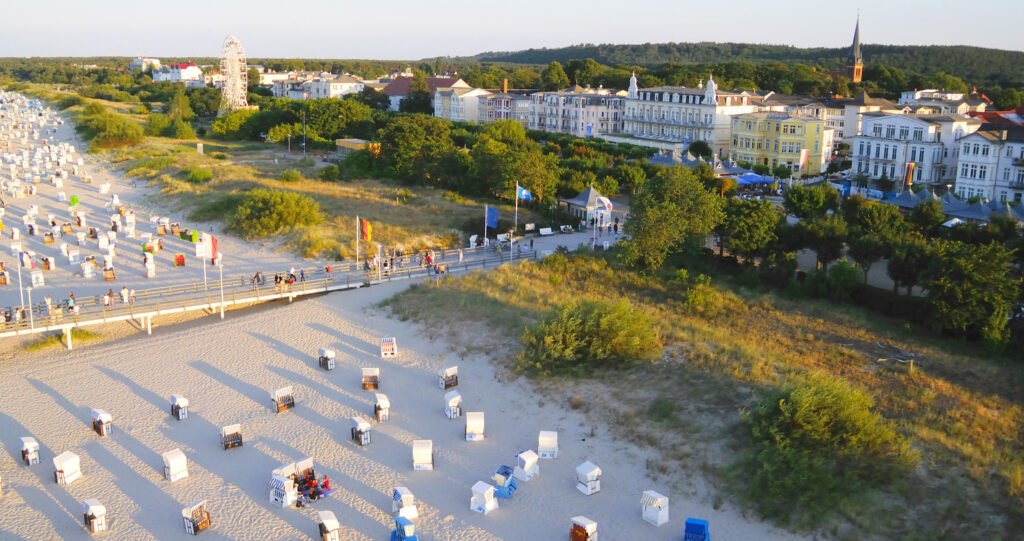
- Fehmarn: Situated in the Baltic Sea, Fehmarn is known for its sunny climate, white sandy beaches, and crystal-clear waters. It’s a paradise for water sports enthusiasts, offering excellent windsurfing, kiteboarding, and sailing conditions. Fehmarn is also home to the Fehmarn Sound Bridge, an impressive suspension bridge that connects the island to the mainland.

- Norderney: As one of the East Frisian Islands in the North Sea, Norderney is a popular holiday spot with beautiful sandy beaches, dunes, and charming seaside architecture. Travelers can indulge in outdoor activities such as cycling, horseback riding, hiking, or unwind in the island’s spas and wellness centers.

- Langeoog: Another East Frisian Island, Langeoog offers a tranquil and untouched natural environment. The island is car-free, making it an ideal destination for those seeking peace and quiet. Visitors can explore the vast sandy beaches, go hiking or cycling through the dunes, and observe unique bird species in the bird sanctuary.

- Juist: Known as the “Magic Land,” Juist is a small East Frisian Island with breathtaking landscapes, sandy beaches, and a charming village atmosphere. The island promotes a healthy and natural lifestyle, and visitors can enjoy activities like horse-drawn carriage rides, beach walks, and wellness treatments.
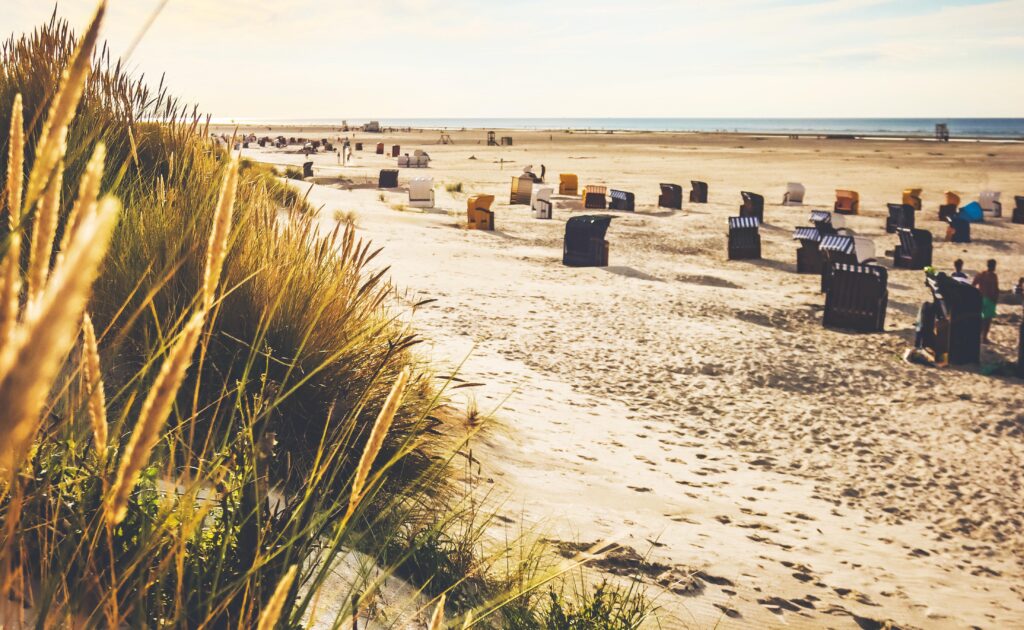
Did you know?
One of Germany’s islands, Heligoland, has a unique tax-free status? Heligoland is a duty-free zone, meaning visitors can take advantage of tax-free shopping on the island.
This status dates back to 1826 when the British Empire possessed Heligoland. The duty-free status was implemented to attract trade and encourage tourism. So, if you’re looking for some retail therapy without the added taxes, Heligoland is the place to be in Germany!
A little history:
The islands of Germany have a rich and diverse history that spans centuries. Here’s a glimpse into the historical significance of Germany’s islands:
Rügen has a long history dating back to the Stone Age, with evidence of human settlements and ancient burial sites. In the Middle Ages, the island became part of the powerful Hanseatic League, a medieval trading alliance.
Sylt has been inhabited since prehistoric times, and its history is intertwined with the Frisians, a Germanic people who lived in the region. Throughout its history, Sylt faced challenges such as pirate raids, storms, and changing ownership.In the 19th century, it began attracting tourists, especially artists and writers, drawn to its natural beauty.
Usedom has a fascinating history influenced by different rulers and shifting borders. Over the centuries, it was ruled by the Duchy of Pomerania, Sweden, and Prussia and eventually became part of Germany. During the Cold War, the island was divided between East Germany and Poland, with the border running through the middle.
These days, it serves as a symbol of reconciliation and cooperation between the two countries.
Heligoland has a unique history due to its strategic location in the North Sea. The island changed hands several times between Denmark, Great Britain, and Germany. It was heavily fortified during the 19th century and was a British naval base.
The East Frisian Islands have a rich maritime history. They were once important trading hubs and fishing centers. The islands also played a role in defending the coast during various conflicts. Today, they are popular tourist destinations known for their natural beauty and traditional Frisian culture.
These islands witness the ebb and flow of history, with influences from trade, warfare, and cultural exchanges. Exploring their historical past adds depth and context to Germany’s island heritage’s stunning landscapes and vibrant communities.


